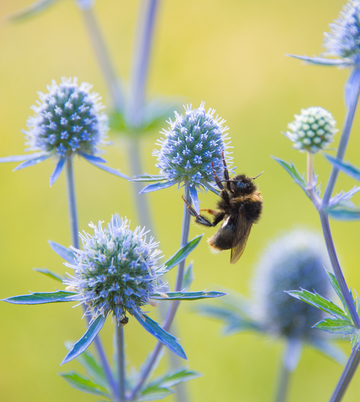Dr Rachel Parkinson has joined the Eric and Wendy Schmidt AI in Science Programme, which officially started in May, as one of the first ten postdoctoral fellows at the University of Oxford. The interdisciplinary programme provides training and tools to science researchers to learn AI skills so they can apply them in their respective fields. As part of the inaugural group, Rachel will apply AI techniques to her research on pollinator behaviour. Through this work, she will be using AI in a novel way and in a field less traditionally involved in AI research.

Pollinators carry out an important function in ecosystems, and there is a growing need to understand how environmental change affects their behaviour. By pollinating our food crops, they are key in food security – a challenge which is increasing worldwide with climate change and an increasing human population. ‘No Hunger’ is the second of the United Nations’ Sustainable Development Goals, and one which is impossible to achieve without food security.
A typically overlooked component of behaviour is sound, despite being widespread in animals. The beating of an insects’ wings produces sound during flight, and the sound of mosquito flight has even been shown to be an excellent marker for species identification, as demonstrated by the Oxford-led project, HumBug. However, this technology has not yet been used to identify other flying insects, including bees and honeybees, and we don’t yet know whether sound alone can be used to classify behaviours.
Rachel will be creating a powerful tool for integrating computer vision and sound to automatically track the behaviour of insects: an innovation in the realm of insect behaviour. The technology will facilitate the assessment of risk to pollinator health from environmental stressors, such as pesticides and the high temperatures associated with climate change. Assessing these risks to pollinators will enable steps to be taken to mitigate them, and of economic and ecological risks in parallel.
The multimodal models that Rachel will be developing, which combine imaging and non-imaging data, are state-of-the-art – and will have impact for machine learning more widely. They may also be of use in the field to record pollinators while foraging and serve as a basis for an insect identification tool, which could have far-reaching impact in ecology and agriculture.
To read more about the Eric & Wendy Schmidt AI in Science Programme and the Fellows, see here.